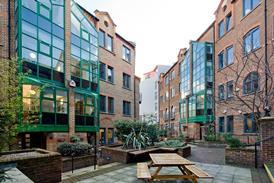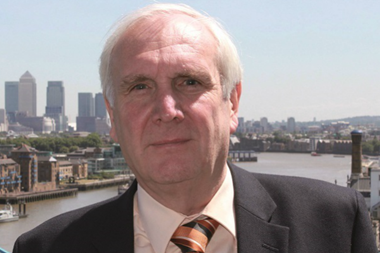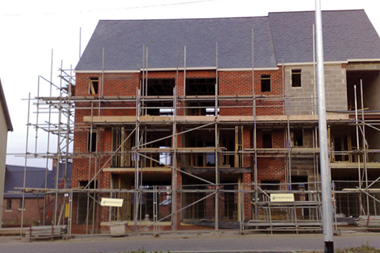The notion of value and how to codify it is a serious issue that is having a major impact on the delivery of much-needed homes, particularly in London.

The reason is that public land is increasingly being seen as the panacea to our housing crisis. On the surface it is a win/win situation - cash-strapped public bodies and local authorities can monetise underused or surplus land assets, while the development market gets to pick up sites in often prime areas.
However, there is the small issue of ‘best value’. This underpins any transaction involving public land, and while government guidance sets out a number of factors that need to be considered when evaluating if best value is being achieved, nine times out of 10 when it is applied to land transactions it is read as shorthand for top price.
In recent years, many public bodies have had their government funding drastically reduced or cut altogether, and pressure has been placed on those with significant landholdings to look long and hard at how they can be monetised.

In many cases, the best solution may be to retain the land and redevelop it, providing a long-term revenue stream.
However, this is often not viable as they don’t have the capital funding or in-house expertise to undertake the redevelopment, and while some may partner with the private sector to do this, others look to sell the land instead.
Financial & non-financial downsides
The downsides to this are twofold. Firstly, it encourages over-development of sites. Potential purchasers will look to squeeze as much out of the sites as possible in order to realise the highest financial returns.
Secondly, it often means that social value is ignored. The non-monetary benefits of land for wider society cannot be easily measured. It also means that there is little encouragement for public agencies to work together - the development industry is well aware of the ‘marriage value’ of sites, and often brings sites forward in the knowledge that the whole is greater than the sum of the parts.
However, there are examples of where one public body tries to buy land from another, but is outbid by a private developer. This may mean that a wider regeneration project’s ambitions are compromised or benefits reduced.

One solution would be to have a clear definition of best value - particularly when applied to land transactions - that emphasises that very often the ‘best-value’ scheme will not be the one that delivers only high monetary returns.
Only once we are able to recognise the importance of these non-monetary benefits will we truly be able to deliver best value from our public land assets.






























No comments yet